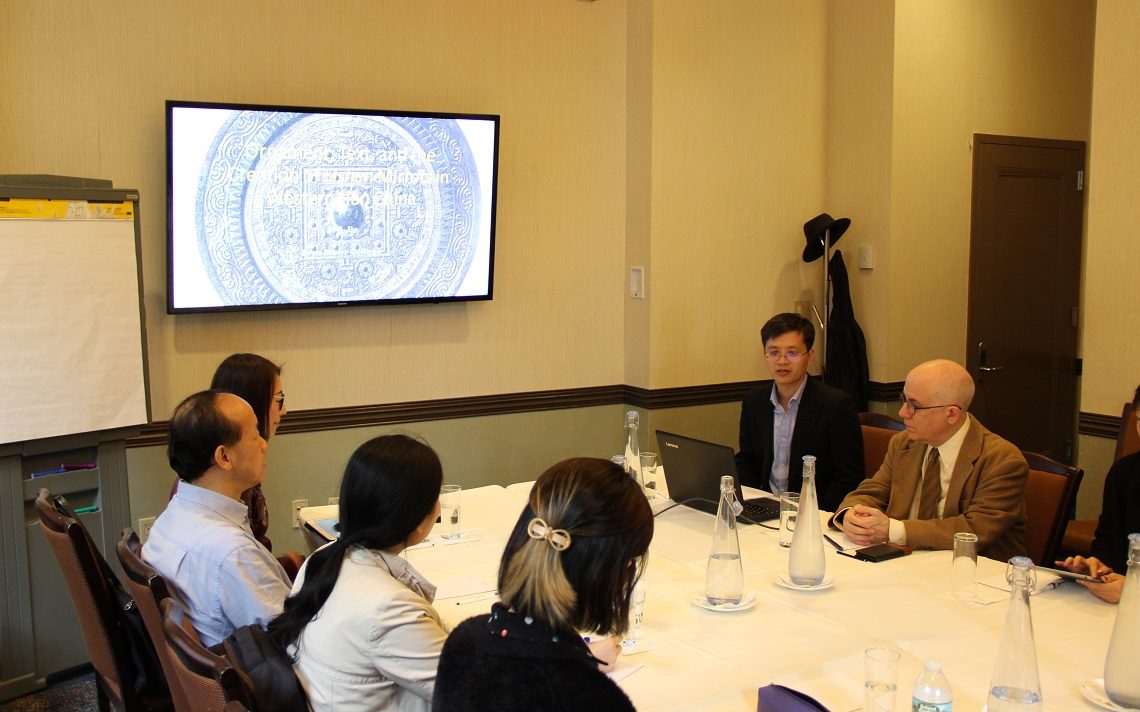May 3, 2019
Early China Seminar Lecture Series
Title: “Ornament, Text, and the Creation of Sishen Mirrors in Western Han China”
Speaker: Jie Shi, Bryn Mawr College
Time: May 3, 2019 (4:30-6:30 PM)
Location: Faculty House (*please check the announcement board in the first floor lobby for room information)
While Chinese mirrors cast before the mid-first century BCE were decorated with symmetric and repetitive patterns, the later mirror ornamentation invented towards the end of the Western Han were linear and non-repetitive, culminating in the so-called “Four Gods” (Sishen 四神) mirrors. This article, by closely analyzing the ornament in relation to other elements in mirrors of different styles, demonstrates that the introduction of narrative inscriptions into late Western Han bronze mirrors played an important role in triggering the aforementioned paradigm shift in ornament. In doing so, four interrelated arguments are dealt with one by one: (1) The change in ornament from early Categories One and Two to late Category Four was one from symmetry to directionality; (2) The change in ornament coincided with the introduction in inscription, as demonstrated by transitional Category Three; (3) The new ornament (the sishen pattern) in Category Four completely complemented the use of script with the new inscription; (4) the ornament appeared later to follow the established order of the inscription rather than the other way around. On the basis of these art historical observations, finally, this article advances its discussion from the history of style further to the history of ideology and politics. It argues that the creation of the new style in mirror design was utilized in the ideological and political context of late Western Han in the service of establishing the Xin dynasty. More broadly, this study reveals not only the genesis of a new style but also the fate of it in early China.
[maxbutton id=”2″]

